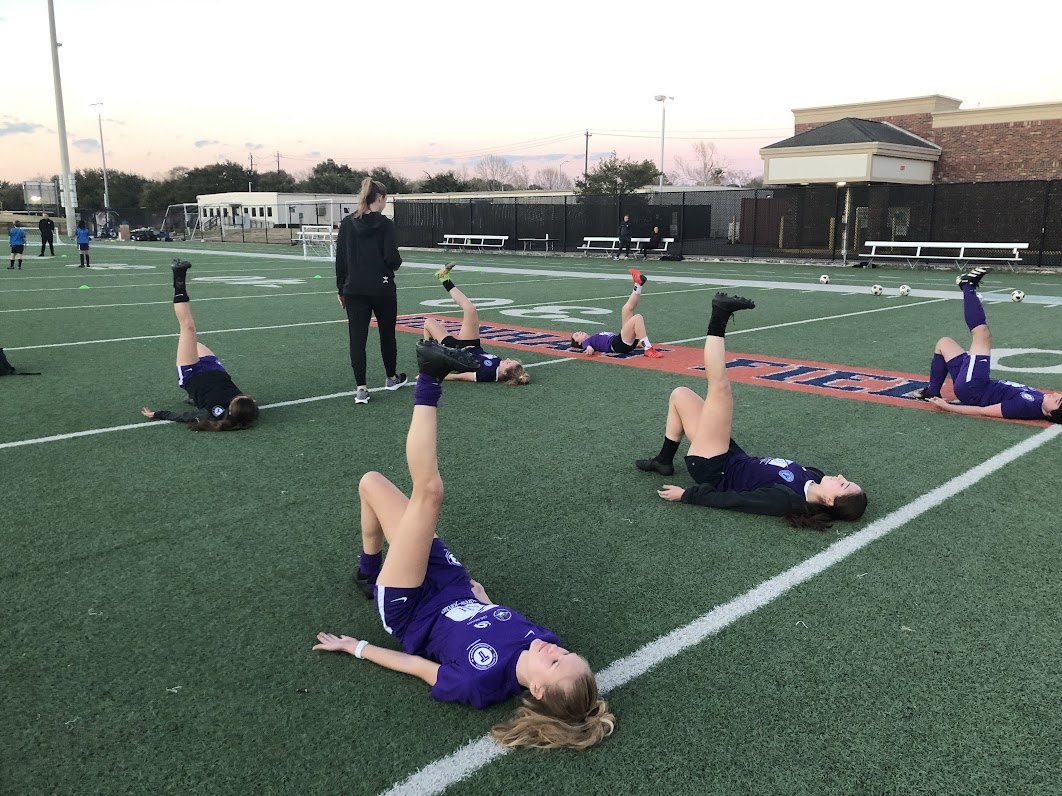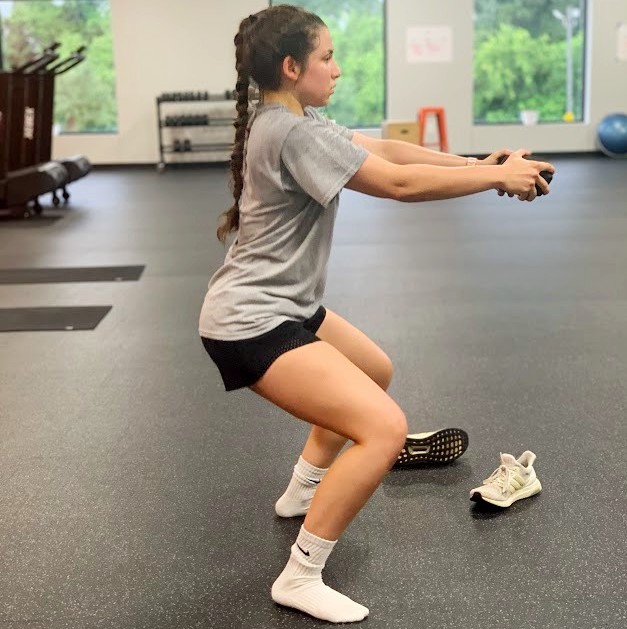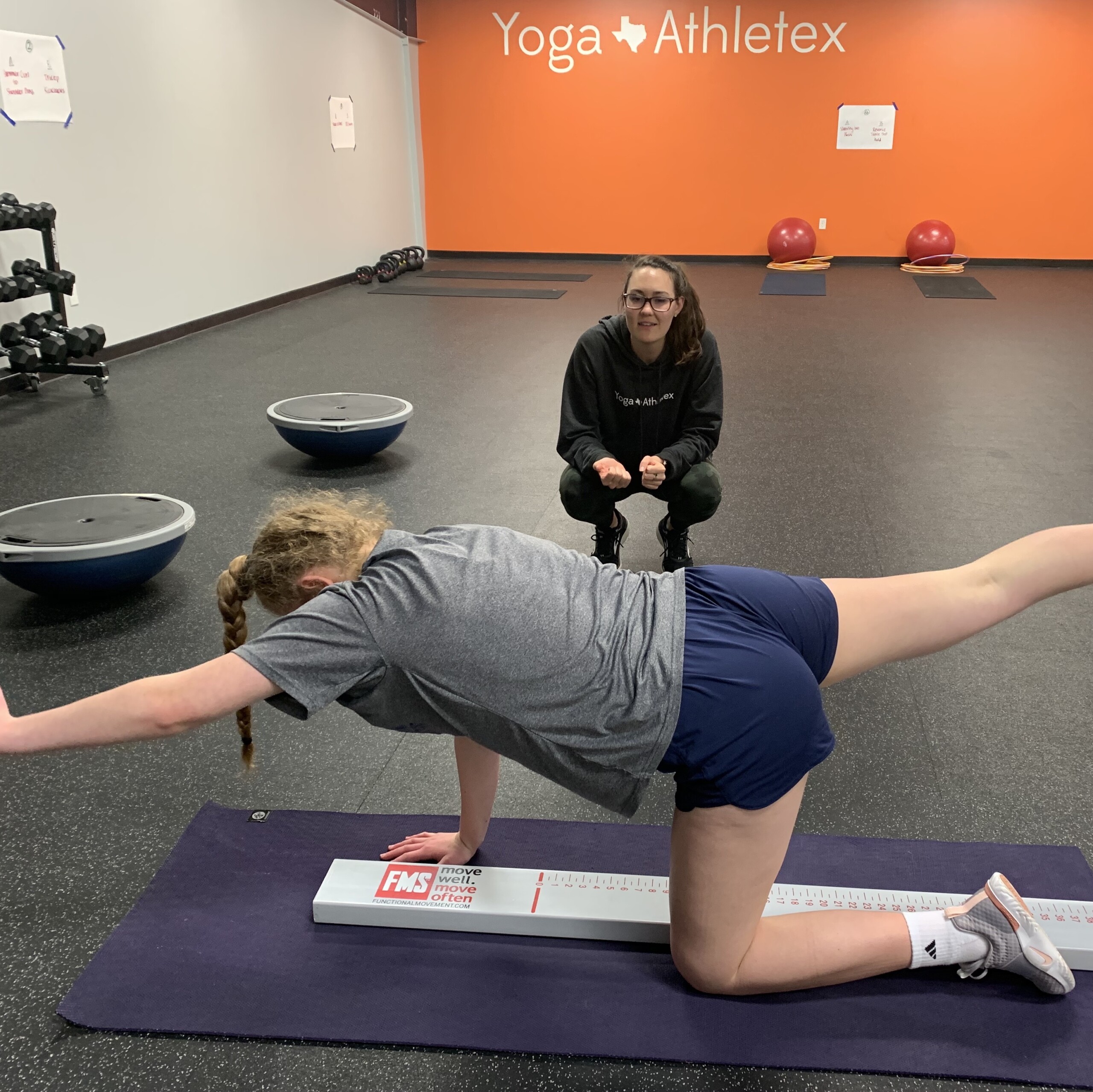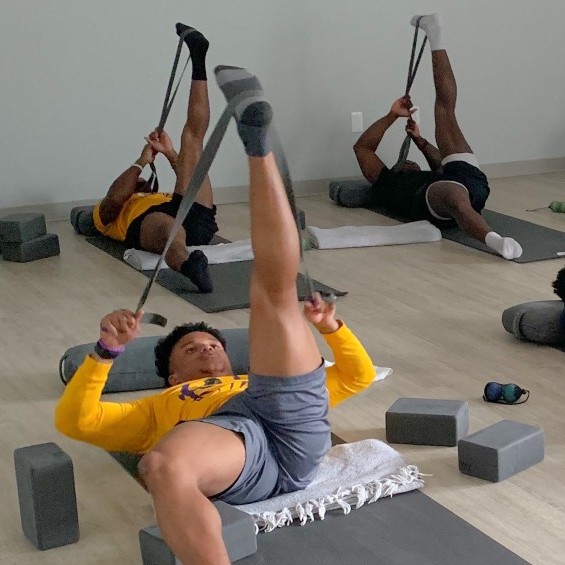The LTAD Model
Our programming is based on the Long Term Athlete Development (LTAD) Model.
The LTAD Model creates a clear path to better sport performance, greater health and higher achievement. Children, youth and adults need to train properly at the right time to develop in their sport or activity – whether they want to be a volleyball player, swimmer or overall healthy adult. The LTAD Model describes the path athletes need to take during specific ages and stages.
Science, research and decades of experience suggest the same key points: youth and adults will get active, stay active and even reach peak performance if they practice the appropriate skills at the right time. This is how we base our programming – the right program for YOUR stage of development.
Key points
- Enhance participation in sport programs and athletic performance with LTAD.
- Each stage is based on the athlete’s development and not just chronological age; however, chronological age can be used as a guide.
- Males and females develop at different rates, and their ages differ through the stages.
The Stages
I. Active Start (Ages 0 – 6):
Early Childhood Development, Controlled Play, Self Confidence
At this stage it is all about play and mastering basic movement skills! Children should be able to have fun with physical activity through both structured and unstructured free play that incorporates a variety of body movements. An early active start enhances the development of brain function, coordination, social skills, gross motor skills, emotions, and imagination. It also helps children build confidence, develop posture and balance, build strong bones and muscles, achieve a healthy weight, reduce stress, sleep well, move skillfully, and enjoy being active.
II. FUNdamentals (Ages 6 – 9):
Pre Adolescent, Sport Sampling, Recreational, Skill Building, the Transition
From ages 6 to 9 in boys and 6 to 8 in girls, children should participate in a variety of well-structured activities that develop fundamental movement skills and overall motor skills including agility, balance, and coordination. However, activities and programs must maintain a focus on fun, and formal competition should be only minimally introduced.
III. Learn to Train (Ages 8 – 12)
From ages 8 to 11 in girls and 9 to 12 in boys, or until the onset of the growth spurt, children are ready to begin developing foundational sport skills. The emphasis should be on acquiring a wide range of skills necessary for a number of sporting activities. Although it is often tempting to overdevelop “talent” at this age through excessive single-sport training and competition (as well as early positioning in team sports), this can have a negative effect on later stages of development if the child pursues a late specialization sport. This early specialization promotes one-sided physical, technical, and tactical development and increases the likelihood of injury and burnout.
IV. Train to Train (Ages 11 – 16):
Recreational & Competitive Sports, Student vs. Student Athlete
The ages that define this stage for boys and girls are based on the onset and duration of the growth spurt, which is generally from ages 11 to 15 for girls and 12 to 16 for boys. This is the stage at which people are physiologically responsive to stimuli and training. Children should establish an aerobic base, develop speed and strength toward the end of the stage, and further consolidate their basic sport-specific skills and tactics. Skill training and physical development is superior to winning. Concentrating on the process as opposed to the result of a competition leads to better development. This approach is critical to developing top performers and maintaining activity in the long term.
V. Train to Compete (Ages 15 – 23):
College Exposure
Once development is there, the athlete can train to compete. They can either choose to specialize in one sport and pursue a competitive stream, or continue participating at a recreational level and thereby enter the Active for Life stage. In the competitive stream, high-volume and high-intensity training begins to occur year-round.
VI. Train to Win (Ages 18+):
Collegiate Sport, Elite Student Athlete vs. Student
Elite athletes with identified talent enter this stage to pursue the most intense training suitable for international winning performances. Athletes with disabilities and able-bodied athletes alike require world-class training methods, equipment, and facilities that meet their personal demands and the demands of the sport.
VII. Active for Life (Ages 25+):
Post College Young Professionals, Retired Athletes
Young athletes can enter this stage at essentially any age following the acquisition of physical literacy. If children have been correctly introduced to activity and sport throughout the Active Start, Fundamental Training, and Learn to Train stages, they will have the necessary motor skills and confidence to remain active for life in virtually any sport they choose. For high-performance athletes, this stage represents the transition from a competitive career to lifelong physical activity. They may decide to continue playing sport, thus being competitive for life, or they may become involved in the sport as game officials or coaches. They might also try new sports and activities (e.g., a hockey player taking up golf or a tennis player starting to cycle), thus being fit for life.
The OPT Model
Once we’ve determined what stage of the LTAD model you fit in, we use the OPT model to build a program specific to your needs and goals!
Here at Yoga Athletex we focus our workouts around the Optimal Performance Training model, or the OPT model. The OPT model focuses on three levels: Stabilization, Strength, and Power. Within those three levels there are five phases: Stabilization Endurance, Strength Endurance, Hypertrophy, Maximum Strength and Power.
The Stages
- Level 1: Stabilization
- Phase 1: Stabilization Endurance
- Level 2: Strength
- Phase 2: Strength Endurance
- Phase 3: Hypertrophy
- Phase 4 Maximum Strength
- Level 3: Power
- Phase 5: Power
How it Works
Our training regiments focus on athletic performance and/or weight loss. In order to achieve the clients goal, whether it is losing weight or maximizing sport performance we will have them cycle through Phase one (Stabilization Endurance), Phase two (Strength Endurance) and Phase five (Power).
During phase one (Stabilization Endurance), the goal is to increase and maintain optimal levels of stabilization for prolonged periods of time while simultaneously developing the highest levels of coordinated movement, good form/technique, and structural integrity. Stabilized training is the foundation, which the Strength and Power Levels are built upon.
During phase two (Strength Endurance), we focus on the ability to perform more work, and to tolerate greater exercise volume and intensity. Focusing on Phase two can provide enough strength adaptation for you to move successfully into the Power Level.
Phase five (Power) focuses on preparing the neuromuscular system to function safely and effectively at speeds that will be applied in a natural environment, rather than a controlled gym setting. The Power phase goal is to enhance neuromuscular efficiency, enhance prime mover strength, and increase the overall rate of force production.
Private & Team Sessions
Our integrated sports-performance training focuses on multiplanar training (sagittal, frontal, transverse), while activating the entire spectrum of muscle contraction (eccentric, isometric, and concentric) using multiple modalities (free weights, dumbbells, tubing, medicine balls, etc).
Training will incorporate flexibility, core balance, plyometric, speed, agility, quickness, integrated resistance training, and sport-specific conditioning to efficiently and effectively prepare for optimal performance and injury prevention.
Exercise selections will be safe, challenging, progressive, systematic, proprioceptively enriched, and activity specific.

STAY IN THE LOOP!
Subscribe to our free newsletter.
An FMS screen and corrective exercise will get you moving optimally.
Find out if you're moving optimally or inadequately.
Prevent injury with a Functional Movement Screen and corrective exercise plan.



